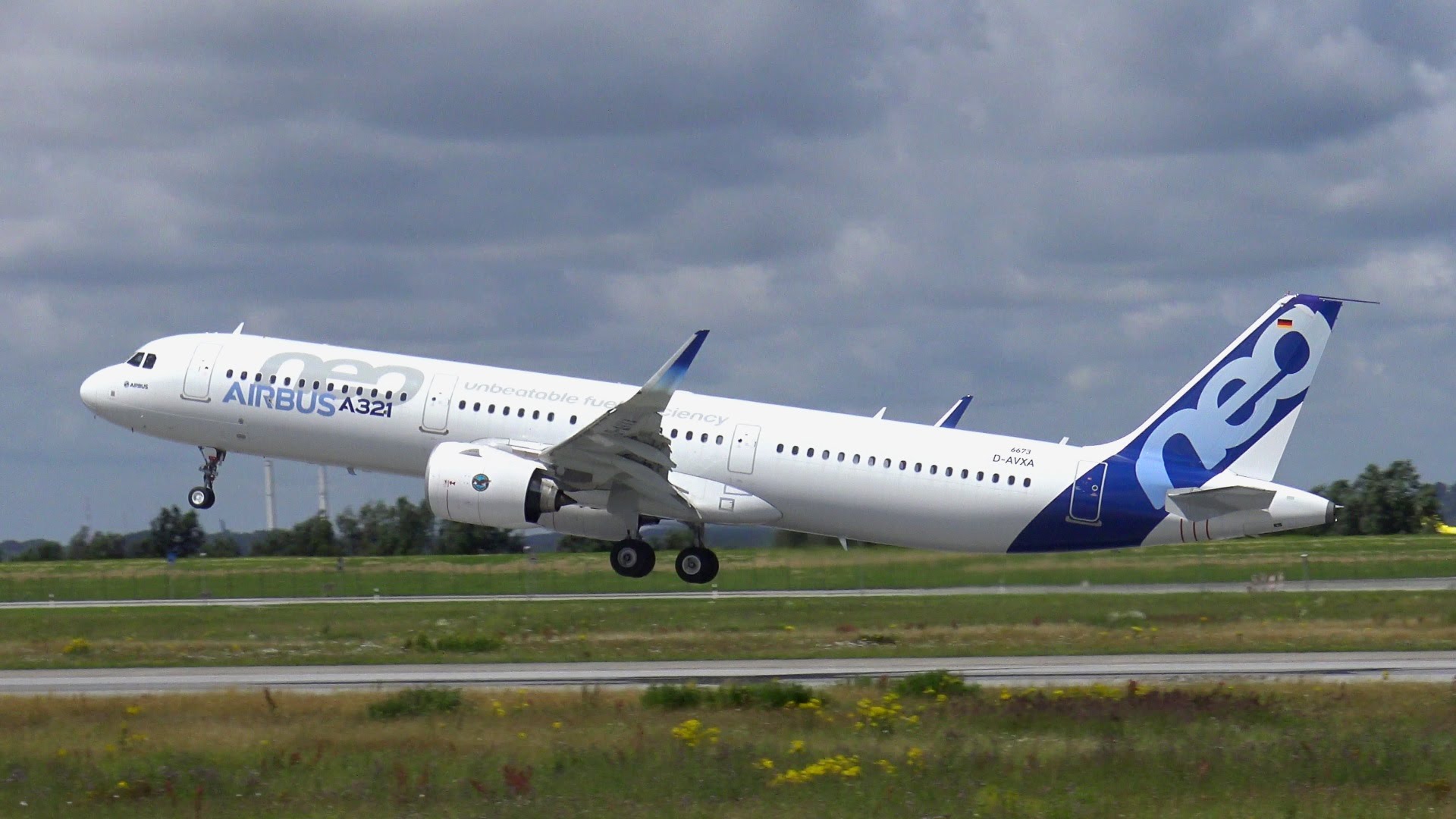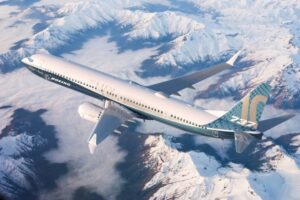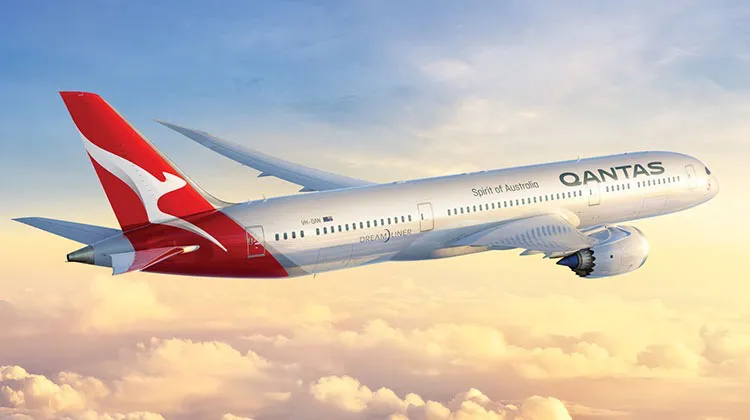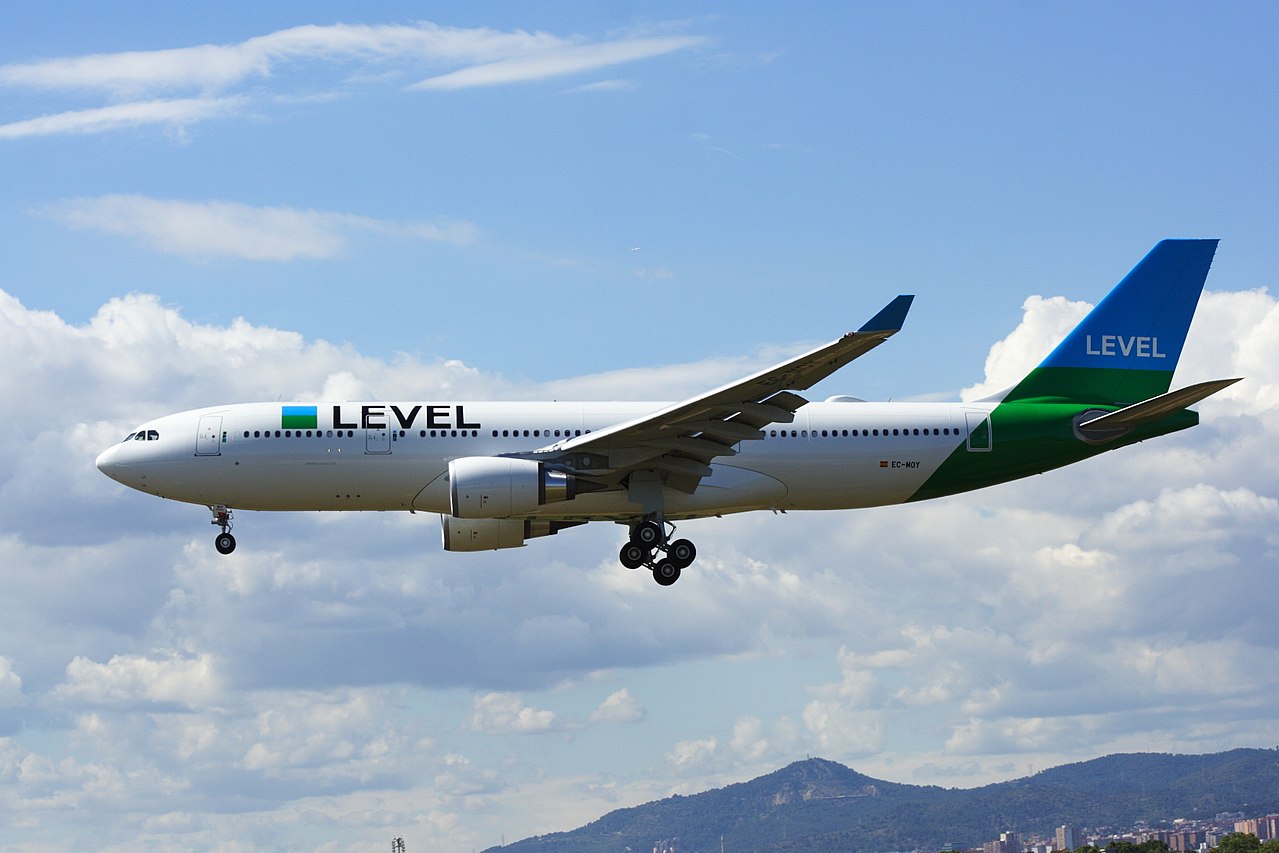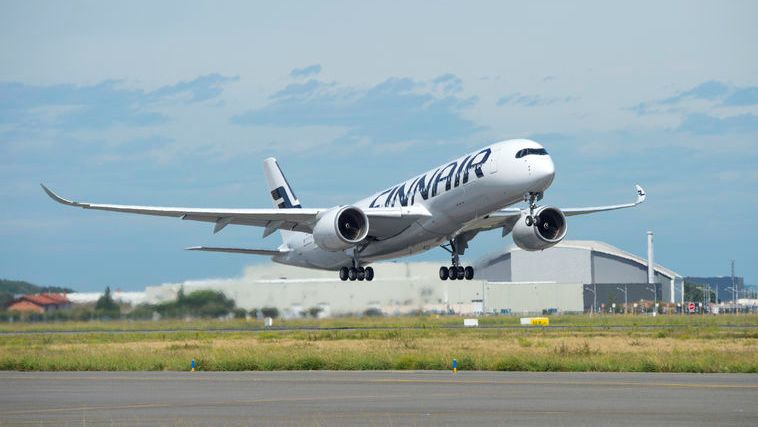Leeham News and Analysis
There's more to real news than a news release.
The industries’ CASM trap
Subscription Required
By Bjorn Fehrm
Introduction
August 11, 2022, © Leeham News: The airliner world measures efficiency in CASM, Cost per Available Seat Mile, and RASM, Revenue per Available Seat Mile. An airliner with more seats then has lower CASM or RASM.
Looking at seat counts, we can see that the hottest selling single-aisle, the Airbus A321neo, is closing the gap to widebodies like Boeing’s 787-8 and Airbus’ A330-800.
So it’s CASM, and RASM should be phenomenal. Or is it? Are we comparing correctly, or are these Apples and Oranges comparisons? We use the cabin generator of our airliner performance model to understand it better.
Summary
- The measurement of economics per seat makes sense for internal airline work.
- When comparing different airliner types in the same size class or between types (single-aisle, widebody), it’s the wrong method.
Pontifications: A bad feeling for the JetBlue-Spirit merger
Aug. 8, 2022, © Leeham News: I don’t normally report on airline mergers except as these may relate to aircraft fleet planning and the impacts on Airbus, Boeing, and Embraer.
However, the JetBlue-Spirit Airlines merger is an exception.
Much has already been written about the questions arising about whether the US Department of Justice will approve the merger; the incompatibility of the two business models; the cost to reconfigure Spirit’s airplanes to the JetBlue cabin standards; and, to some degree, the disparity in labor costs.
It’s the latter I will focus on today.
Exclusive: No change in Scope Clause in new United pilot contract that would have allowed E175-E2
By Scott Hamilton
June 24, 2022, (c) Leeham News: There is no change to the Scope Clause in the new United Airlines pilot contract governing the number of regional jets that can be operated by regional partners, LNA confirms.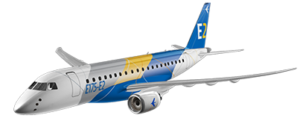
There is also no change in the weight of the aircraft allowed, a blow to Embraer’s hopes for the E175-E2. The E2 is heavier than the E175-E1, which entered service in 2004. Embraer designed the E2 to be used with the Pratt & Whitney GTF engine. The GTF is more economical than the E1’s GE CF34, quieter, and emits fewer emissions. But it is slightly heavier than the Scope Clause contracts permit. The USA is virtually the only market for the E175-E2.
Airlines impacted by new aircraft delays
By Vincent Valery
Introduction
June 6, 2022, © Leeham News: LNA recently discussed the certification delays on all the current aircraft or variants under development: Airbus A321XLR, Boeing 737-7, 737-10, and 777X. Dreamliner deliveries have also been halted for 18 months now (except for a dozen last year).
Airlines consequently face significant delivery delays on the aircraft they ordered. American Airlines publicly stated the Boeing 787 delivery delays have caused it to operate a smaller international network than envisioned. Air Lease Corp repeatedly noted that every airplane on order from Airbus and Boeing is delayed. It’s now been reported that CFM LEAP engines for the Airbus A320neo and Boeing 737 MAX families will be delayed for 4-6 weeks.
As passenger traffic recovers, the delivery delays will hamper airlines’ ability to capitalize on more robust demand. Higher fuel prices also mean that they cannot mitigate the impact by operating as many newer-generation aircraft as envisioned.
LNA analyzes the delivery schedule envisioned by Airbus and Boeing on the above programs that were in place before the delay announcements. The goal is to single out the most affected customers.
Summary
- Deliveries concentrated with one customer on the 737-7 and 737-10;
- A more diverse A321XLR and Dreamliner delivery base;
- Renegotiating 777X delivery timelines.
One or Two hops cheapest for long flights? Part 2
Subscription Required
By Bjorn Fehrm
Introduction
June 2, 2022, © Leeham News: We tested the notion that it’s more economical to divide a long flight into two shorter flights last week. The test was a typical long-range flight of 11 to 12 hours.
We found that if all operational costs are counted (the so-called Cash Operating Costs, COC), the theory didn’t work. You gain on fuel costs, but you are doubling other costs like landing fees, etc.
Now we test the theory on an Ultra Long Range (ULR) flight, using our Performance and Operational Cost model.
Summary
- The widespread idea of two shorter flights being more economical than a single long flight applies to ULR flights.
- The theory says this is because a long flight takes more fuel than two shorter flights. It’s not the main reason why the theory holds for ULR flights.
One or Two hops cheapest for long flights?
Subscription Required
By Bjorn Fehrm
Introduction
May 26, 2022, © Leeham News: There is a notion that it’s better to fly a long flight in two hops rather than one long flight. The idea is that the plane has to carry extra fuel to bring the fuel for the last bit of the long flight, increasing its drag due to weight.
So far, the theory. Is it also the case in practice? We use the Leeham airliner performance and cost model to find out.
Summary
- The widespread hypothesis of two shorter flights being more economical than a single long flight needed a check.
- When we check it with an operational cost model that considers all cash costs, we conclude the hypothesis does not apply to normal long-range flights.
Assessing the airline financial recovery around the globe
Subscription Required
By Vincent Valery
Introduction
May 23, 2022, © Leeham News: A significant number of airlines started reporting their fiscal 2021 earnings. Most saw an improved financial performance, but still a far cry from the pre-Covid days.
The differences in financial performance depend on geography and airline business model. Some carriers saw a meaningful recovery, while others had a financial performance not very different from 2020. A few airlines also saw better profitability than before the Covid-19 pandemic.
LNA analyzes airlines’ earnings globally and compares them with their pre-Covid results.
Summary
Start-up nears airport Aircraft Towing System tests
Subscription Required
By Scott Hamilton
May 16, 2022, © Leeham News: A start-up company is 60-90 days away from landing a contract with a US airport to install a prototype system that will pull airplanes around the field, eliminating taxiing with engines or tugs.
ATS Worldwide (for Aircraft Towing System) proposes a network of trench-like guides equipped with a flexible tow mechanism that captures the nose gear to tow airplanes from the regional jet to the Airbus A380. It’s all done with automation. No new equipment, other than a nose camera, is added to the airplane. This eliminates added weight and complexity, or the need for a Supplemental Type Certificate, proposed by Wheel Tug. No external tug, like Taxibot, takes the airplane to the end of the runway. This eliminates airfield conflicts, ATS said during the Aviation Week MRO Americas conference last month in Dallas.
But constructing a network of towing trenches from the gate, across the ramp, to the taxiways and the runways, presents its own challenges. Constructing the network won’t be inexpensive. Funding sources must be identified. The Federal Aviation Administration and other regulators must be convinced that the system will be safe. Regulatory standards must be prepared.
And the elephant in the room will be the reaction from unions whose ground handlers, wing walkers, etc., face losing jobs or fewer jobs.
The big advantages: eliminating the need for hundreds of tugs at an airport. Reduction in fuel required to taxi airplanes, major cost savings for the airlines. A reduction in emissions, a growing goal, especially in Europe and the USA. Finally, there can be lower headcounts by the airlines and airports, another cost savings.
Implementation, if all goes well, is years away. But a prototype system for proof-of-concept is expected to be activated at the Ardmore (OK) airport in 60-90 days. At least three major hub airports are reviewing proposals for initial demonstration projects as well, ATS says.
Impact of Russian Airspace Closure on mid-European airlines
Subscription Required
By Bjorn Fehrm
Introduction
May 5, 2022, © Leeham News: Last week, we looked at what the closure of Russian airspace would mean for North European airlines that fly to Asia destinations like Japan, Korea, or Mainland China.
Our example was Finnair’s route from Helsinki to Tokyo and what it would mean for it cost-wise to fly over the North pole and then down to Tokyo instead of over Russia.
We now continue the analysis with what the air space closure means for a West European airline like Air France. We check the cost increase to fly from Paris to Seoul in South Korea when you can’t use Russian and Ukrainian air space.
Summary
- The costs for Air France from Russia’s airspace closure are more manageable than for Finnair.
- Longer-term, it will mean changes to the route structure for affected airlines.
Impact of Russian Airspace Closure on Finnair
Subscription Required
By Bjorn Fehrm
Introduction
April 28, 2022, © Leeham News: Last week, we started an article series that looks at the impact of the closure of the Russian airspace for Western airlines.
We start with analyzing how Finnair’s cost base changes as it routes Helsinki to Tokyo has to fly over the north pole and then down to Tokyo instead of over Russia. How will this affect the airline’s costs and the payload carrying capacity of the aircraft?
Summary
- The costs for Finnair on the route increase significantly.
- Part of this increase is increased fuel prices, affecting all airlines. Others are tied to avoiding Russian airspace.


